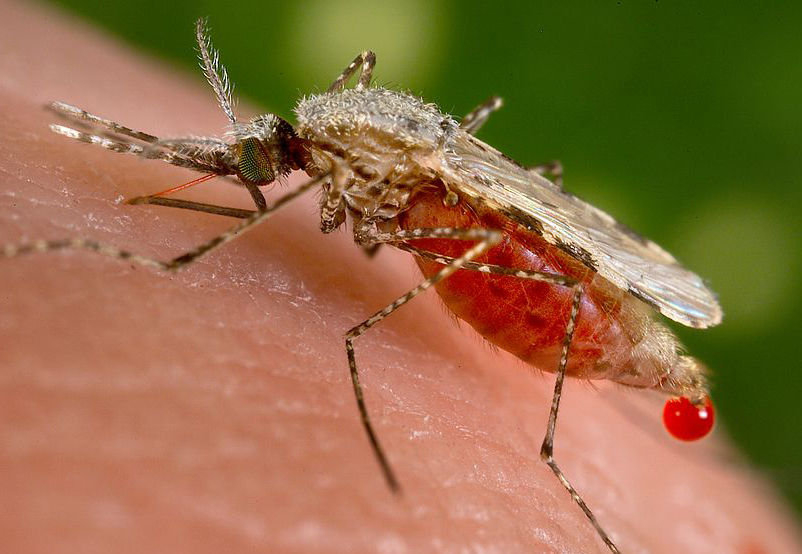Cat diseases and Russian Dolls
- Kevin Thiele

- Apr 24, 2019
- 3 min read
You may have seen this recent post from the Australian Academy of Science about toxoplasmosis, a parasitic disease shared by humans and their cats.

The parasite Toxoplasma gondii, which causes toxoplasmosis, spends part of its life in cats or relatives such as lions and tigers, and part of its life in other mammals or birds, including humans. Like many parasites, it cycles back and forth between these hosts. There are intriguing hints that the parasite can change the behaviour of its non-cat hosts, including making them bolder and more likely to engage in risky behaviour. This increases the chance that they'll be eaten by a cat (or a lion or tiger), so the parasite can complete its life-cycle.
But there's also a remarkable story inside the Toxoplasma parasite.
Toxoplasma belongs in a group of mostly parasitic, single-celled organisms called the phylum Apicomplexa. The most infamous apicomplexan is probably the malaria parasite, Plasmodium. Other apicomplexans cause a range of mostly uncommon diseases in humans and animals, some of which can be serious in patients with compromised immune systems.
The phylum Apicomplexa was only recognised by taxonomists in 1970 when they discovered that a wide range of different-looking unicellular parasites use a unique structure at one end of their cells, called an apical complex, to infect their hosts. DNA sequencing later confirmed that all the apicomplexans are related, and comprise a phylum more than 800 million years old.
But a real surprise came in the early 1990s when more DNA sequencing showed that malaria parasites and Toxoplasma have genes that look a lot like those in plant chloroplasts. A few years later University of Melbourne researcher Geoff McFadden and colleagues pinpointed exactly where these genes occur in the parasite - in a unique, tiny structure inside their cells called an apicoplast. In a nice confirmation of the taxonomy, all (and only) apicomplexans have been shown to have an apicoplast.
It turns out that the reason the apicoplast has plant genes is that it's actually a very, very reduced chloroplast. So - are apicomplexans plants? Well, no. The story is stranger still.
Chloroplasts in plants are actually photosynthetic bacteria, living inside the cells of every plant alive. Over a billion years ago a single-celled organism feeding on photosynthetic bacteria ingested one but failed to digest it. The bacterium lived on inside the cell, and both began to benefit from the arrangement. The bacterium was supplied with nutrients and a favourable home, while the cell benefited from the sugars the bacterium produced from light and carbon dioxide. Today we would call that cell an alga: the first plants were created.
So was the apicoplast of malaria and Toxoplasma created in the same way? It turns out, no. Millions of years later, an ancestor of the apicomplexans was feeding on single-celled algae, and again ingested one but failed to digest it. Again, the relationship proved beneficial. This time, however, the alga, living inside the apicomplexan, gradually lost its ability to photoynthesise and evolved into the apicoplast.
Why is this important? Apicomplexans, particularly malaria and to a lesser extent Toxoplasma, are serious diseases. They are very difficult to treat, and the range of drugs available for their treatment is narrowing all the time as they become increasingly resistant to them. Furthermore, most treatment drugs for apicomplexans are quite toxic to human cells as well as to the parasite, because the parasite and humans are evolutionarily relatively closely related.
But, there is one great target for new drug options - the apicoplast. Studies have shown that this provides a function crucial to the parasite's invasion of its host cells. So if we can knock out the apicoplast, we can stop the parasite in its tracks. And remember - the apicoplast is actually an alga. In a great twist, some of the most promising new drugs for treating malaria and toxoplasmosis are - herbicides!
So next time you're stroking your pet cat, consider that inside your favourite moggie may be a parasite, inside which is an alga, inside which is a bacterium, inside which is a potential target for life-saving new drugs. Russian Dolls.
Quick fact: there are 384 species of apicomplexan parasite known from Australia. Source: Australian Faunal Directory









Comments